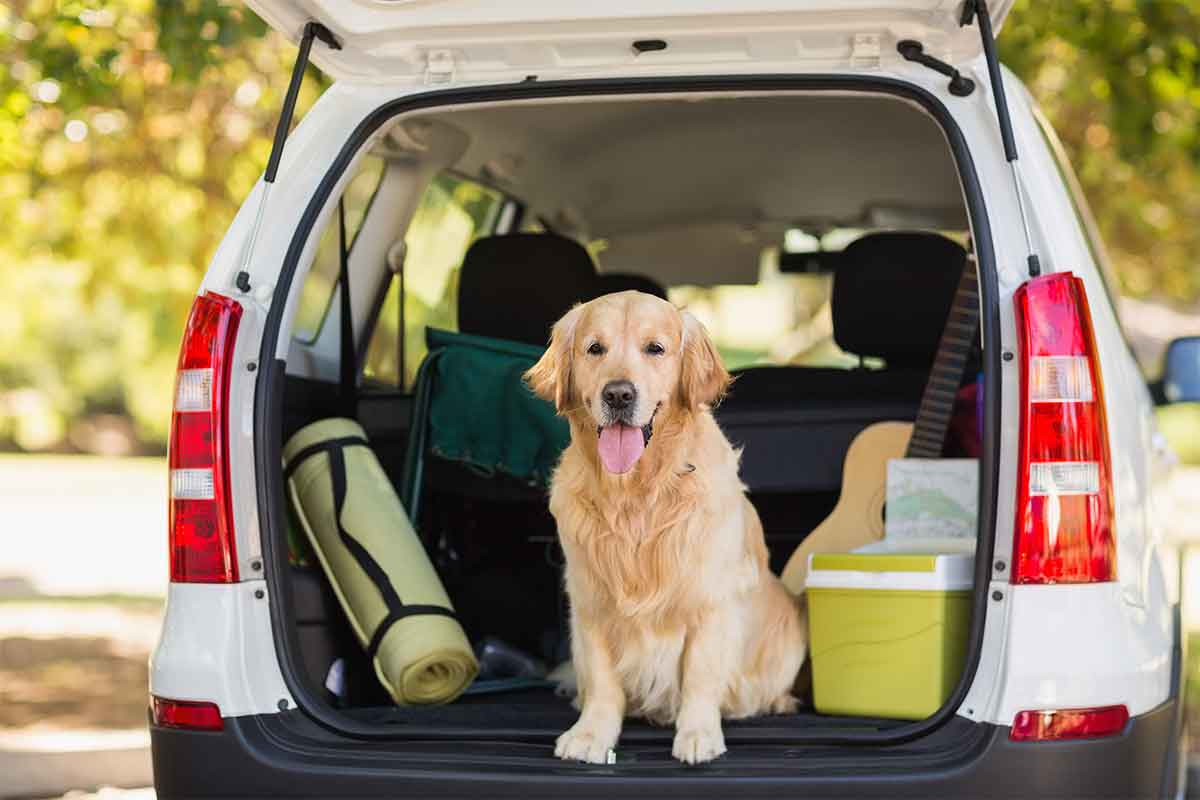This month we’ve watched lava flows from Hawaii’s Mt. Kilauea destroy homes and cars. Last month, two tornadoes hit Fort Lauderdale, Florida, in the same day. Even if volcanoes don’t erupt down the street from your house and you don’t live in Tornado Alley, natural disasters and emergencies occur somewhere every day. And part of being a happy home is being prepared for the unexpected, whether it’s a hurricane (the season starts in June), earthquake, wildfire, or gas or chemical plant leak.
Preparing for something when you don’t know what you’re preparing for exactly doesn’t seem like it’s worth the effort. But ask anyone who’s lived through an emergency, and you will hear that preparation is worth the effort and may save animal and even human lives.
Here are some ideas:
Teach cats and dogs (birds, too) to love their carriers. Chasing cats around the house to stuff them into a carrier not only takes time but also causes anxious animals to be a lot more anxious, if not downright terrified. The process stresses out all family members, not just those with four feet or wings. Because time may be of the essence, cats who aren’t carrier trained and can’t be herded quickly into a carrier quickly are sometimes left behind.
Bring the whole family. If you receive an evacuation order, always evacuate with pets. Never leave them in homes to fend for themselves.
Increasingly, most shelters provide space for families with pets (and most by law must allow for pets), but not all shelters provide a pet-friendly area. Prepare a list of pet-friendly hotels and motels so you don’t need to spend valuable time wondering where you can stay with your pets.
For many reasons, it’s unwise to leave dogs or cats in the yard when you’re not home, even if they have a kennel or catio. If something happens when you’re not home and the pets are outside, they are more likely to be endangered. Being indoors is typically safer.
Another reason for cats being indoors only: When something happens, anything happens – the cat may be anywhere, and unprotected. Some cats perished this way during Hurricane Harvey. The cats were indoor/outdoor cats who happened to be outdoors when the hurricane hit.
Know where your pets’ medications are. If you evacuate, be sure to take those meds with you. That includes protection against fleas, ticks, and heartworms.
Take your pets’ food with you, especially if they eat a therapeutic diet prescribed by your veterinarian.
Microchip your dogs and cats and register them with the microchip provider. Be sure the registry has your current contact information. A chip without current registration is like a cell phone without a phone number. What’s the point if you can’t be contacted when the microchip is scanned? For double protection, pets should wear collars with ID tags. Label pet carriers with your contact information as well.
For cats, remember to bring along a litter box, litter, and a scoop. Dogs will appreciate having a favorite toy if you can find it fast; having it will help them feel less stressed during all the commotion.
Don’t rely on your phone (which may lose power) to find a phone number. Write down your veterinarian’s contact info and bring it with you.
Got small pets such as guinea pigs, hamsters, and ferrets? The same applies: place them in a carrier (their habitats are usually too unwieldy to bring along), and bring their food and any medications.
Finally, it’s always a good idea to affix a “pets inside” sticker on your front door or window. If you’re not home when disaster hits, rescuers will know to check for your pets.
This article was reviewed/edited by board-certified veterinary behaviorist Dr. Kenneth Martin and/or veterinary technician specialist in behavior Debbie Martin, LVT.








